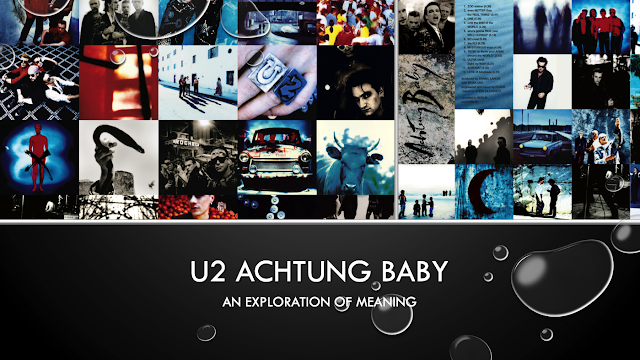ENGL 538 Reading Journal #3: The Moonstone by Wilkie Collins
 |
| Boston Public Library / Public Domain |
I really enjoyed Wilkie Collins’s The Moonstone. The novel had my interest from its opening pages through the conclusion. I thought Collins’s use of multiple narrators to recount the events gave the mystery more dimension since in addition to trying to follow the clues about the crime, the reader also must determine whether the narrators are reliable—and if they are not, why not? The first narrator, Gabriel Betteredge felt like a great choice to start the novel off. I imagined him as sort of a cranky Sir Anthony Hopkins with a pipe, and of course, his battered, seventh copy of Robinson Crusoe under his arm. I also agree with Steve Farmer’s assertion that Betteredge as narrator gives readers a sense that “the Verinder’s faithful old steward has made them privy to the inner workings of a country estate,” and thus makes the story more interesting from the start than if, for example, a detective opened the story with his or her recollections (19).
The cast of characters was very interesting to me. However, I wasn’t attracted to the main characters. Instead, the supporting cast were, for me, far more interesting than Franklin Blake, Godfrey Ablewhite, or the Verinders. Even Cuff held less interest for me than, say, Rosanna Spearman, Limping Lucy (Lucy Yolland), Gooseberry (Octavius Guy), and Ezra Jennings. Before I comment on why, specifically, these characters stood out to me, I’ll echo what Farmer says about Collins’ use of these characters: “They serve as mouthpieces for Collins’s social skepticism, offering a view of a vibrant world counter to and critical of the staid world of Victorian propriety.” (22) These characters do a lot of work for Collins with their dialogue, but there’s more to it than that.
Collins offers a criticism of the Victorian standards of beauty and of the vanity with which the upper class seems to be so obsessed. Rosanna is plain and therefore overlooked. What’s worse is that she’s got some sort of shoulder deformity and in the way the novel reads, this makes her barely human. Despite her lack of beauty and her deformity, however, Collins paints a very real and sympathetic character that earns the reader’s compassion and sympathy. Her death is completely senseless and serves only to point out how aloof and self-absorbed Blake is. Both Rosanna and Lucy, with their physical imperfections, are symbolic of the erasure Victorian society commits on women that have physical imperfections—not only do they not find love or affection, but they’re also depicted in some ways as less than human. I read Collin’s effort to give these women voice as a condemnation of the class structure and the vanity that seems pervasive in it.
Gooseberry is another character that calls into question the standards of appearance. Young Octavius’s actions go a long way to solving the mystery while the adults are bumping into walls trying to follow clues, but he’s described more for his appearance—bulging eyes that earn him the nickname by which he is first introduced. It could be that it’s a term of endearment for an odd feature but given the larger context of the role of physical appearance in Victorian society, I think it’s more likely that Collins was leveling a criticism by making some of his most interesting characters those that would likely be ignored or scoffed at by society. We should also point out that the Victorian hero figure, the picture of Victorian masculinity, Godfrey Ablewhite, turns out to be neither heroic nor particularly noble or Christian (Algaard and Campbell, slide 25). It doesn’t strike me as a coincidence that the one character that could be the posterchild for the Victorian hero turns out to be quite the opposite.
Ezra Jennings was, for me, the most interesting character of all. While Jennings is pivotal in solving the mystery, he also feels like he’s just popping in for a cameo appearance. The reader never finds out much of his backstory (other than he’s running from his past). He is sympathetic, tortured, suffering, and yet he’s helpful and finds a joy in helping clear Franklin Blake so that he and Rachel may find happiness. The most poignant part of the Jennings’s story, for me, wasn’t his death—it was that he chose to be buried in an unmarked grave with his journals. While I think most people that keep a journal do it primarily for themselves, I believe that the effort of keeping a journal always has a hint of the belief that the journal will serve as evidence that the writer existed. The journal tells future readers, in the words of the author: I was here, and this is my experience. For Jennings to take all his writing to the (unmarked!) grave creates more questions than answers and in an odd way paints a character more secure in himself than all the other characters combined.
Works Cited
Algaard, Taylor and Justin Campbell, “The Moonstone Appendices.” ENGL 538 Class Presentation, Eastern Washington University, 1 Feb. 2021.
Collins, Wilkie. The Moonstone. Edited by Steve Farmer. Broadview, 1999.
Farmer, Steve. “Introduction.” The Moonstone. Edited by Steve Farmer. Broadview, 1999. pp. 9-34.

